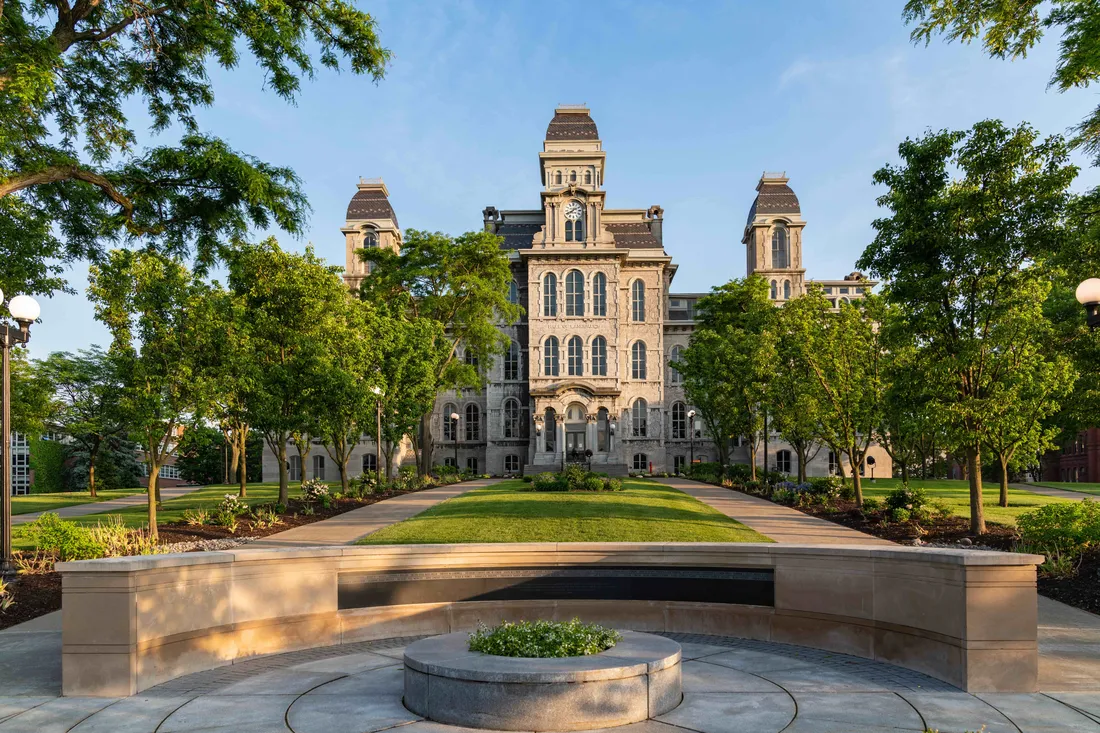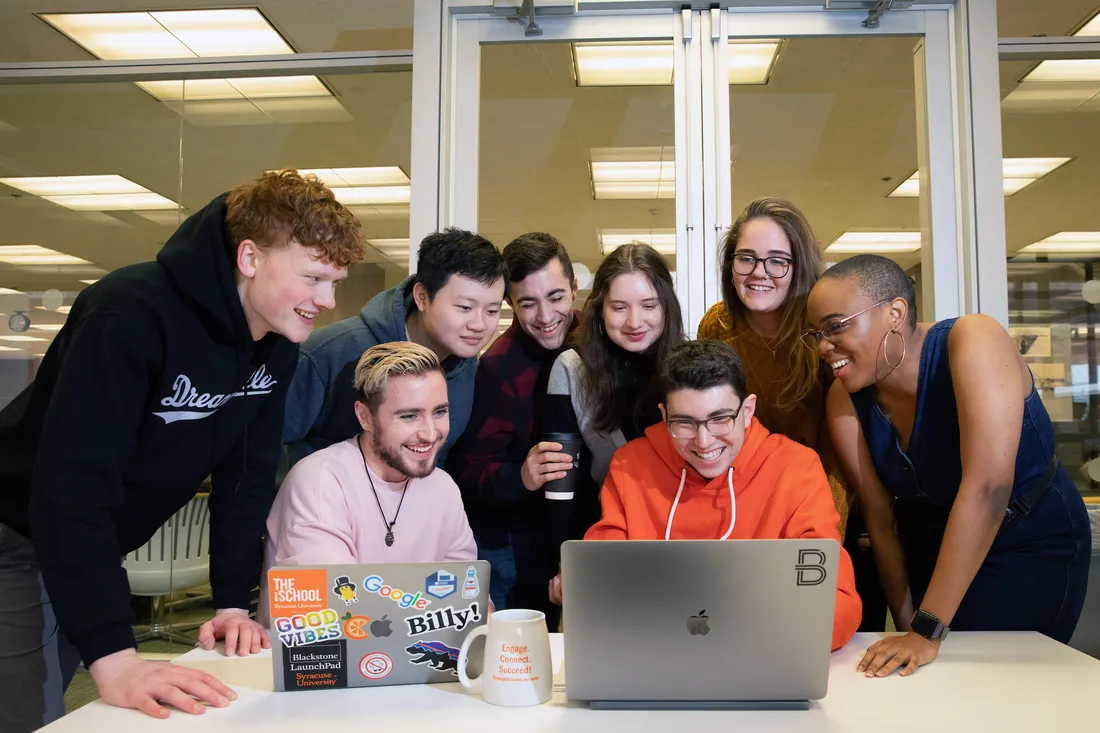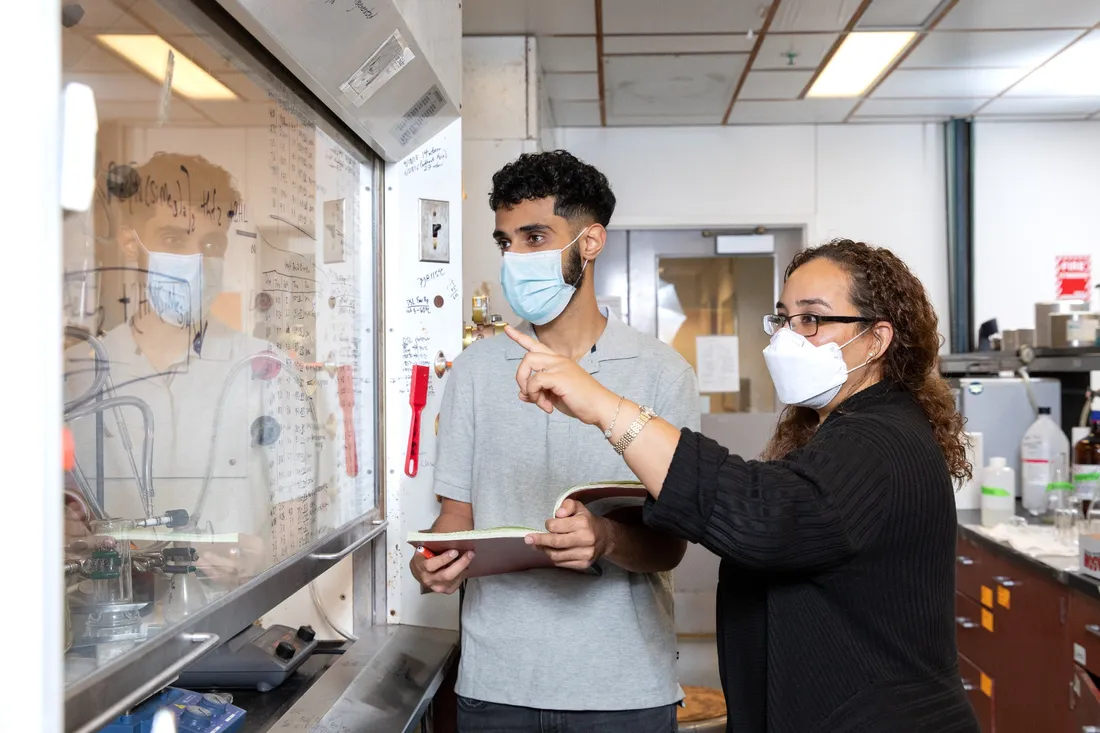
Mohamed Zokari ’25 and Miriam Gillett-Kunnath G’07, G’17 work in one of the chemistry labs where high school students from the Syracuse City School District conduct research with University professors and graduate students during summer internships.
Growing up, Quyen Pham ’25 was a precocious student, drawn especially to math and science. She moved to Syracuse from Vietnam with her family when she was 3 and has lived independently and supported herself since age 16. Her aptitude, drive and grit were all reasons why Bobby Kunnath G’89, her high school precalculus teacher, asked Pham if she’d be interested in doing research over the summer of her junior year in a chemistry lab at Syracuse University.
While working alongside graduate students and professors was initially intimidating, Pham says she quickly came to relish the experience. The research solidified her love of chemistry, which she is exploring now in more depth as a biochemistry major in the College of Arts and Sciences.
Pham’s internship was made possible by a partnership between Syracuse University and Project SEED, a long-standing national program of the American Chemical Society that contributes funding and programming to high-achieving students from low-income families so they can participate in research with established labs. Professors in chemistry-related fields at the University have been making summer internships available to high school students from the Syracuse City School District since 2016. Fifteen students have completed internships to date, with many participating more than one summer.
These research internships have had tremendous impact on the students’ options for higher education. The internships provide students with extracurricular credentials that they otherwise have very limited opportunities to accrue. These credentials are essential for them to be viable candidates at competitive colleges. High school students who have done research internships in Syracuse University labs have then been accepted at top-tier universities including Columbia, Cornell, Rochester Institute of Technology and Syracuse.
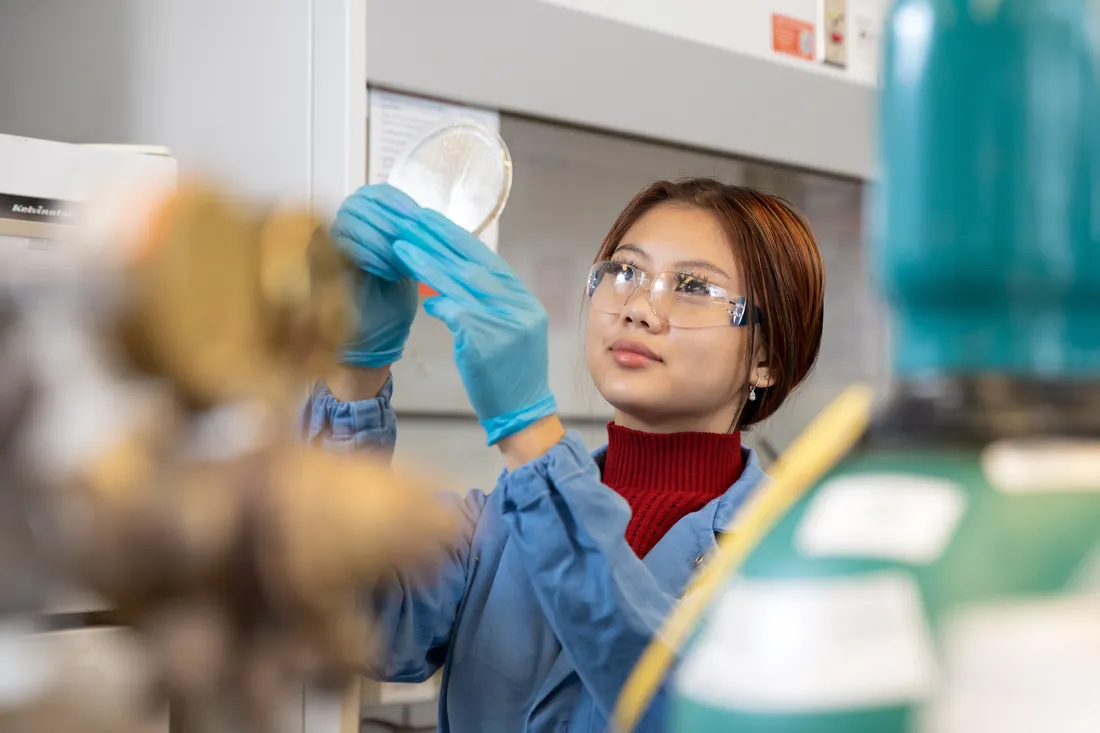
Quyen Pham ’25, now a biochemistry major, appreciates how her summer internship at the College of Arts and Sciences introduced her to the opportunities available at Syracuse University.
Pham—who is thrilled to be working toward her goal of medical school—picked Syracuse because of what she learned about the University while doing her internship. “There are so many opportunities at Syracuse. I can study abroad, participate in different labs, and be a part of so many different programs—I knew this was the right school for me,” she says.
How It All Started
The internship program for high school students rose from the vision and perseverance of two (married) Syracuse alumni—Kunnath and Miriam Gillett-Kunnath G’07, G’17. Gillett-Kunnath is also a research assistant professor in the chemistry department.
When Kunnath was pursuing a master’s in environmental engineering, he served as a teaching assistant and mentor to other Syracuse University students. The experience was so rewarding that he decided to devote himself to a career in education, concentrating his efforts in schools where many students faced formidable socioeconomic challenges and came from families very recently established in the United States.
As a first-generation student and chemist myself, I can appreciate the level of effort and determination that students bring with them. The opportunities at Syracuse University help make it possible for them to live to their fullest potential—and that makes a huge contribution to society.
Karin Ruhlandt, dean of the College of Arts and Sciences
“It all started over conversations at dinner,” Gillett-Kunnath recalls. “We’d talk about the motivated, bright students he had in his classroom who just weren’t getting attention from competitive colleges. He knew that if they were given a chance, they’d thrive and he said to me, ‘Miriam, we must—and we can—do something.’”
Their discussions evolved into a plan, and each now tackles the problem from different angles. In the technology-oriented Syracuse City high school where he teaches math, Kunnath encourages his students to enroll in high-level courses, helps them participate in STEM-related competitions, and has started chess and robotics clubs. When students express interest in doing research internships, he works with their families to make participation in the program possible.
At the University, Gillett-Kunnath has connected with colleagues across a range of University departments to build interest in the program, secure support and organize internship projects. The programming they have developed extends beyond experience in labs and includes an introduction to a range of what college can entail as well as guidance on navigating application processes.
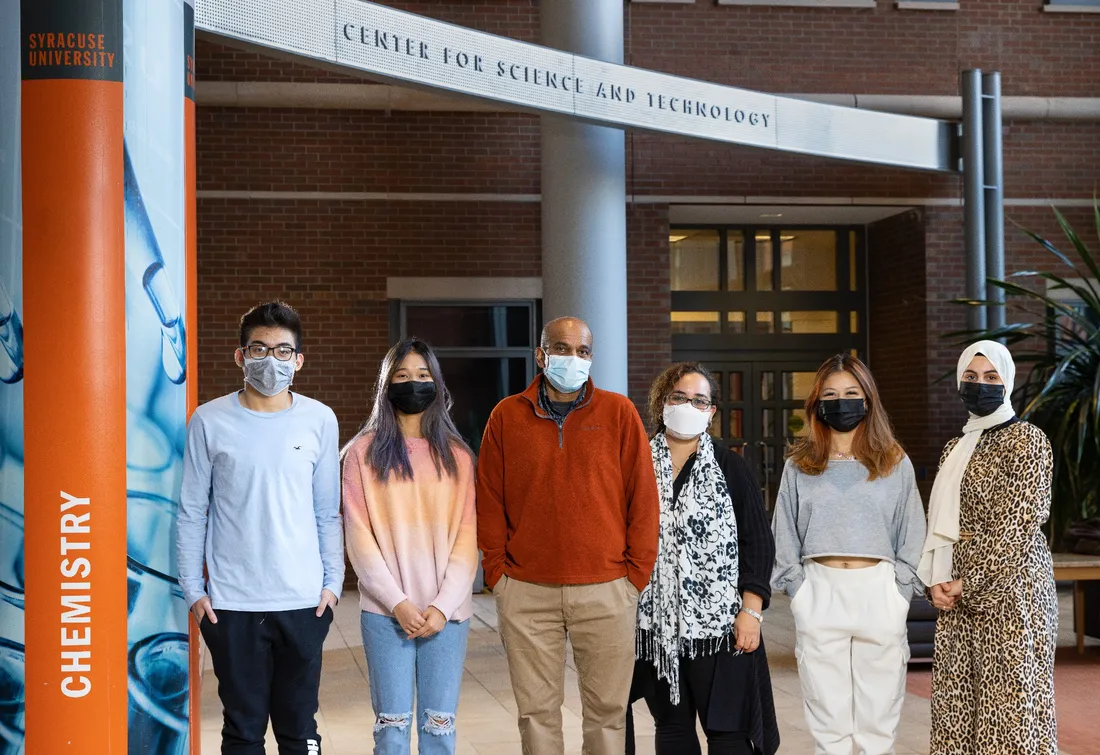
Bobby Kunnath G’89 and Miriam Gillett-Kunnath G’07, G’17 (center) credit the program’s success to the participation of University colleagues, support from the College of Arts and Sciences, and the students’ dedication and enthusiasm. (Left to right: Danny Vu ’25, Ngoc Huynh ’25, Bobby Kunnath G’89, Miriam Gillett-Kunnath G’07, G’17, Quyen Pham ’25, Hana Althour ’25)
Gillett-Kunnath credits the program’s growth to the support it receives from the College of Arts and Sciences, which provides the lion’s share of funding for the students’ stipends—without which most could not commit their time to the internship; and to her colleagues’ participation in the design of meaningful research experiences programming to give the students a sense of the opportunities available at the University. “It is an honor and pleasure to work with such enthusiastic and dedicated students,” says Gary Bonomo, lab supervisor in the chemistry department, who helps the interns gain familiarity with lab procedures. “Following their progress as they attend college and achieve success has been very rewarding experience.”
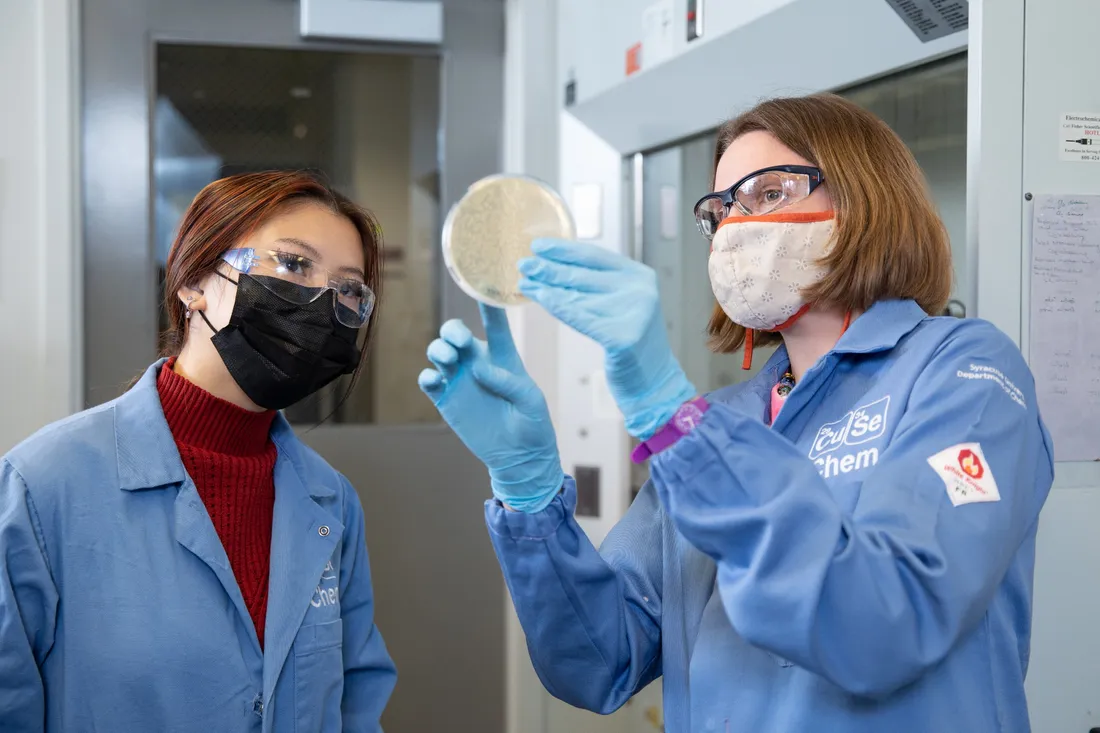
Quyen Pham ’25 with chemistry professor Olga Makhlynets, who guided the lab portion of Pham's summer internship.
While it has been very gratifying to see the program gain support, Gillett-Kunnath says it’s beyond all else the students who are making it successful. They have flourished. Each summer, they rise to the challenge: doing poster presentations alongside undergraduate and graduate students, attending events, and interacting with students and professors in different schools and colleges across campus. “These students work so hard,” she says. “When we see what they are dealing with, and how many obstacles they overcome—it humbles us, every year.”
Karin Ruhlandt, professor of chemistry and dean of the College of Arts and Sciences, attests to the same sentiment and recalls the lasting impression made by one of the program’s interns (and later Syracuse student) who would wake every morning at 4 a.m. to bring her mother, the family’s sole provider, to her job in a meat processing plant, return to campus for her classes and labs, then go home to take care of her younger siblings. “As a first-generation student and chemist myself, I can appreciate the level of effort and determination that students bring with them,” Ruhlandt says. “The opportunities at Syracuse University help make it possible for them to live to their fullest potential—and that, I think, makes a huge contribution to society. I am so proud that they are part of the Arts and Sciences family.”
It was so helpful to get a taste of what college life is really like—then I knew I was going to come to Syracuse and give it my best.
Hana Althour ’25
Kunnath concurs that the benefit of the internships experience extends beyond the individual student. “Think about the futures that are changed—and think about how the students might end up impacting the world of technology, science, the economy,” he says. “It’s really incredible to think about how big an influence something so small can have. All it takes is to say, here are some really bright kids—let’s give them a chance.”
Meet this year’s first-year Syracuse students who participated in the high school research internships:
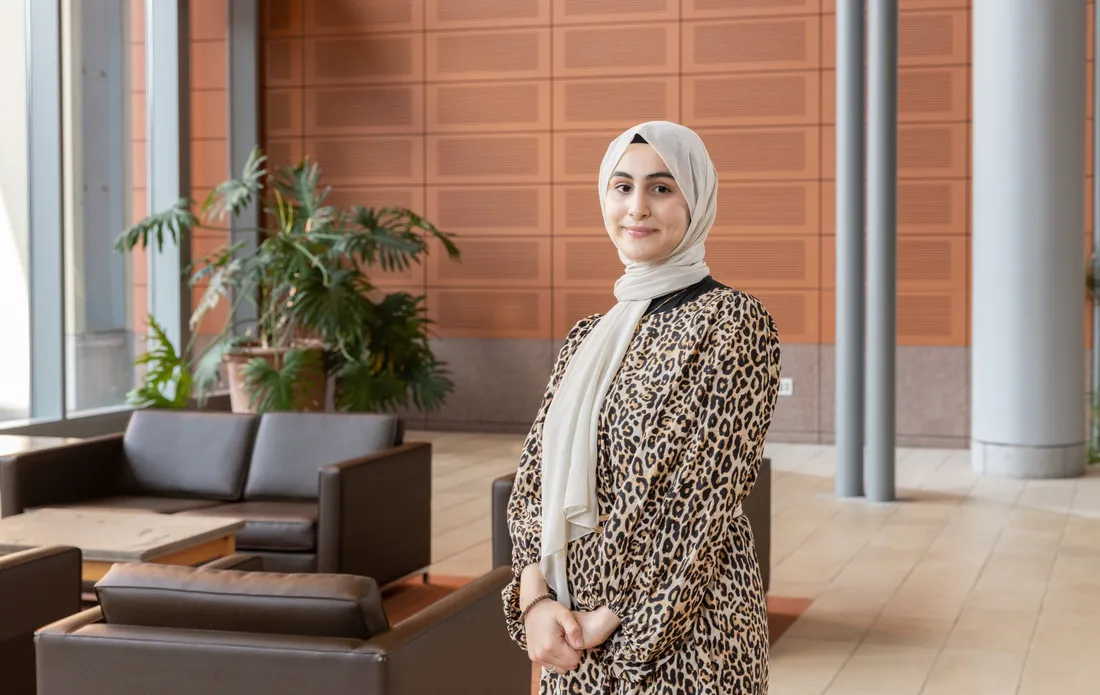
Hana Althour ’25: College of Arts and Sciences, Undecided
Althour fell in love with the University while doing her internship. She’s considering studying forensic studies in the College of Arts and Sciences and eventually going to law school. “My research internship was the best two months! We studied how mercury emissions affect the environment and I presented my research at a symposium. It was so helpful to get a taste of what college life is really like—then I knew I was going to come to Syracuse and give it my best.”
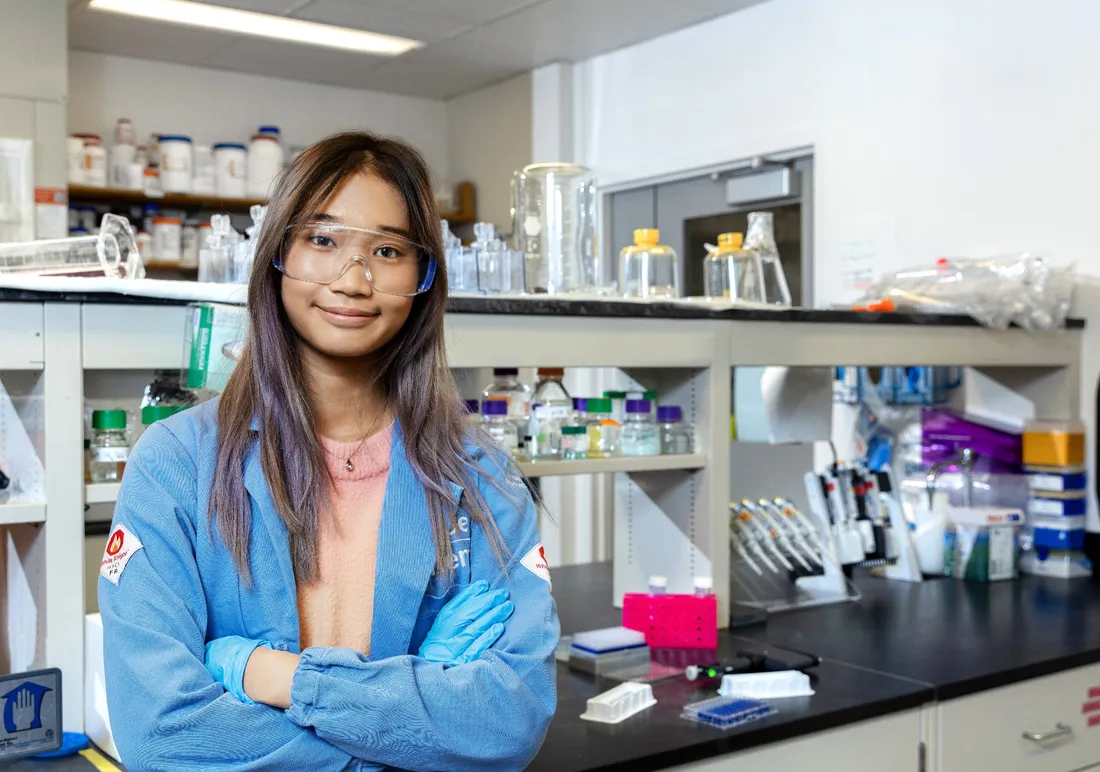
Ngoc Huynh ’25: College of Arts and Sciences, Biology
Huynh—who loves hiking and being near waterfalls—draws on her work ethic and self-discipline to tackle the workload of her pre-med program. “My motivation is the opportunity to go into the medical field when I graduate,” she says.
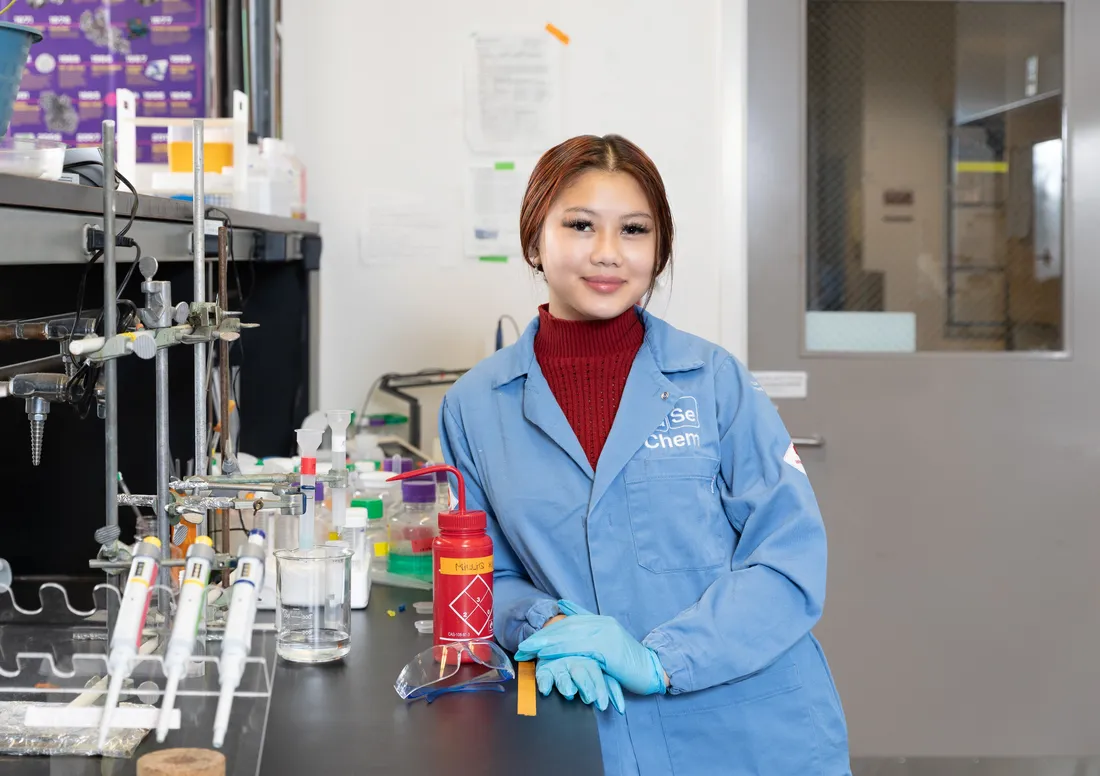
Quyen Pham ’25: College of Arts and Sciences, Biochemistry
Pham dreams of traveling the world and practicing medicine. She particularly enjoyed the course she took last semester on the global mental health pandemic. “My goal is to go to medical school and become a doctor or a surgeon. I always had a passion for the medical field, and science, chemistry and biology.”
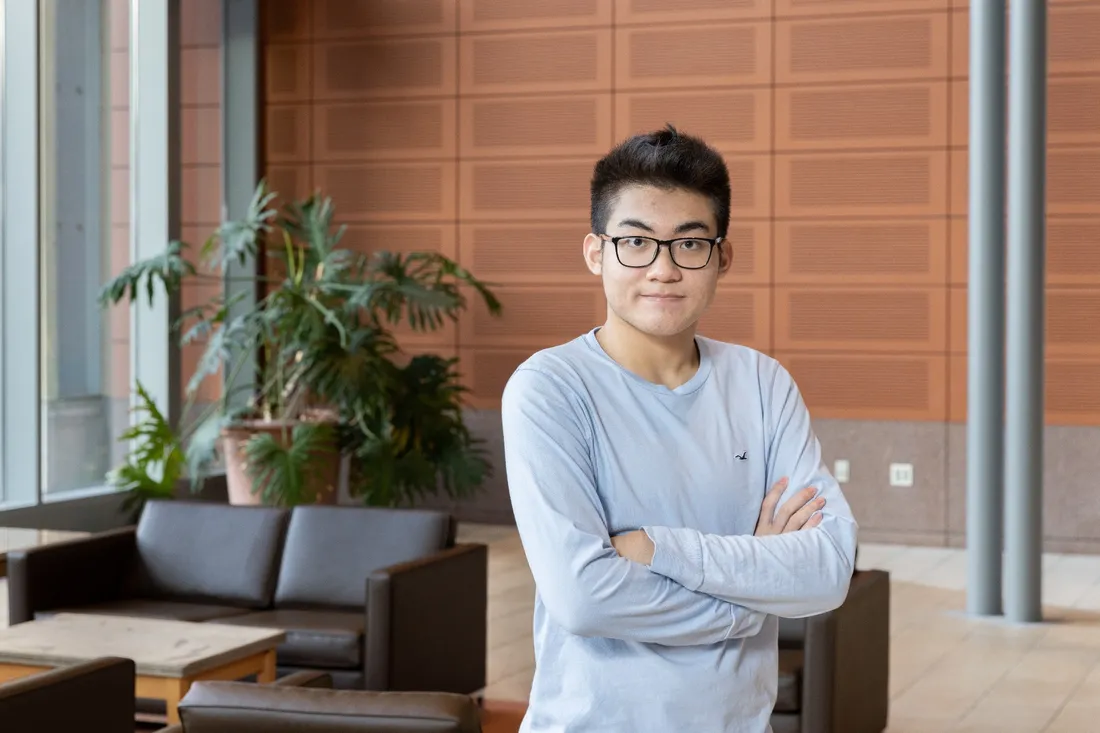
Danny Vu ’25: College of Engineering and Computer Science, Bioengineering
As a high school student Vu also took classes at Onondaga Community College, anticipating graduating from high school with an associate degree and then starting his career. His internship experience at Syracuse University inspired him to first continue his higher education. “I’m interested in robotics and medicine—I’d like to learn more about how medical devices are developed.”
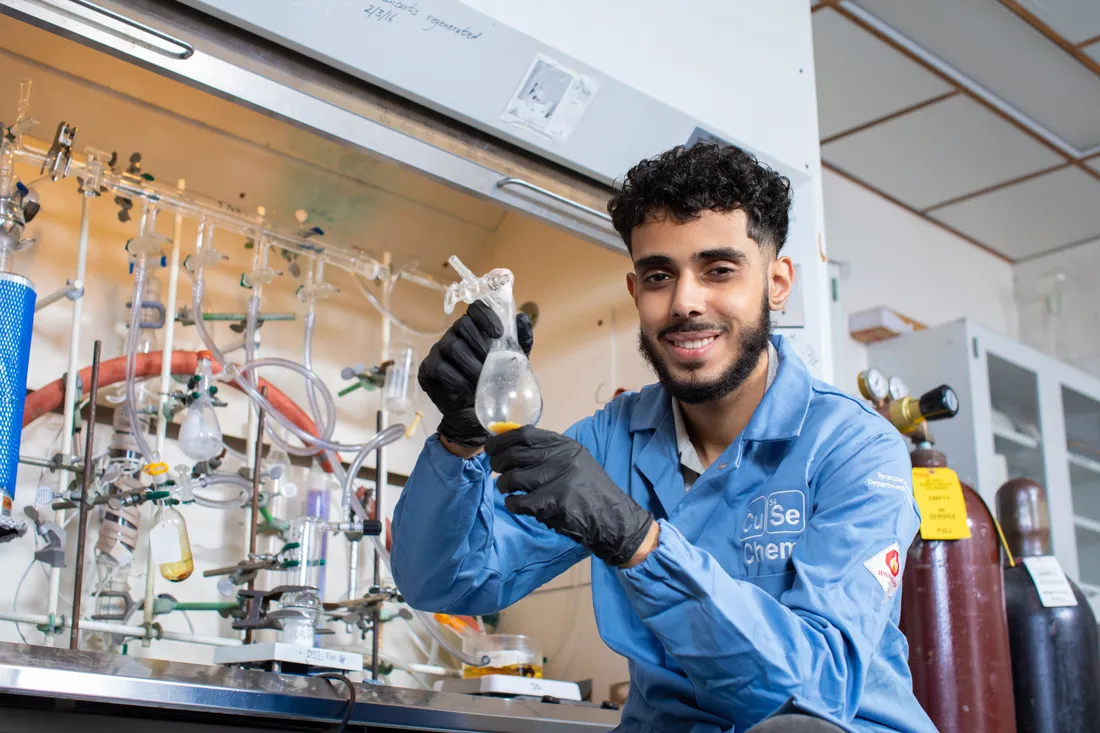
Mohammed Zokari ’25: College of Arts and Sciences, Chemistry
“The internship sparked my interest in chemistry—I really liked the lab. I felt that I learned more in those two months of doing research in the lab than in a whole year of chemistry class.”

